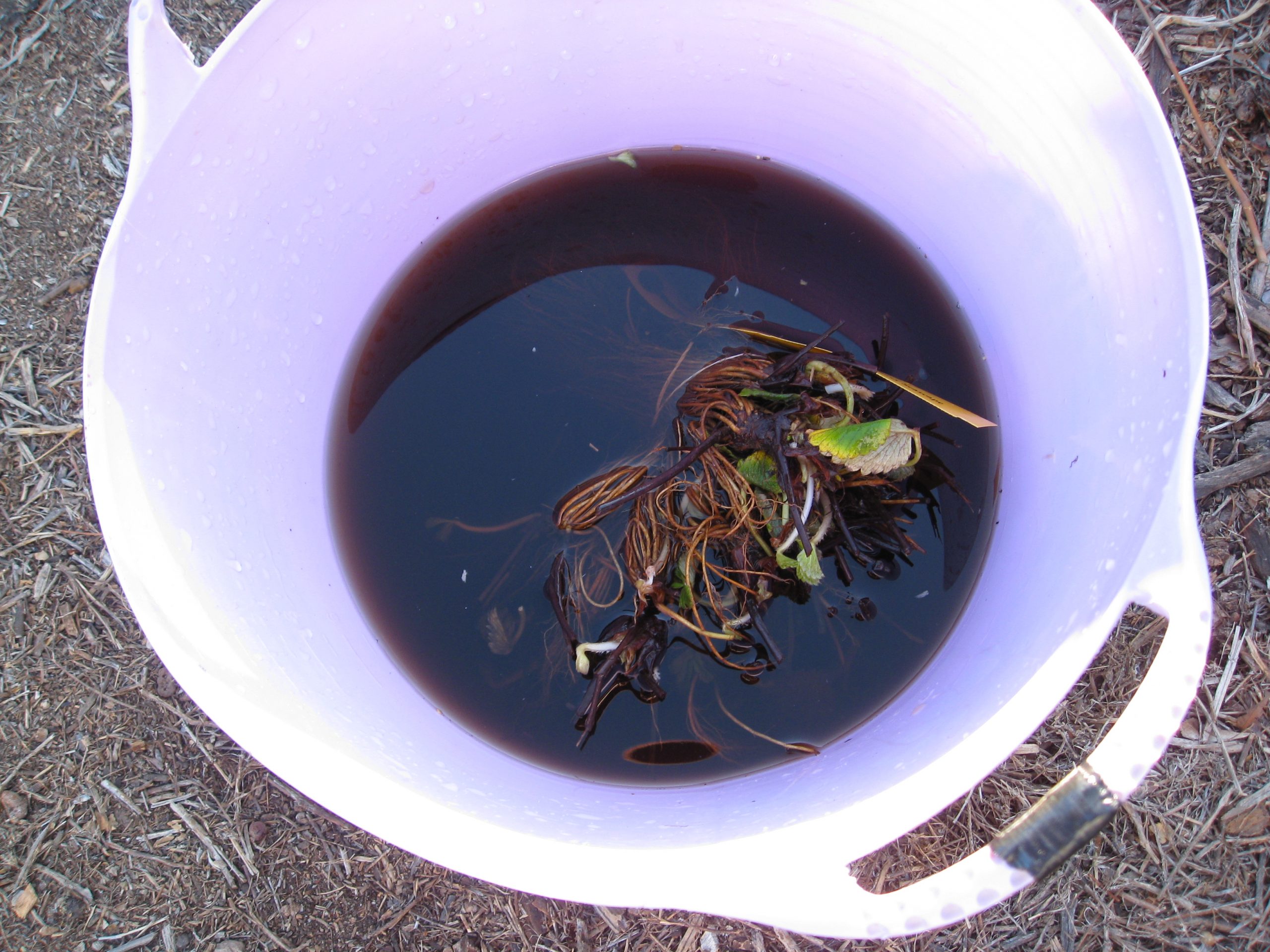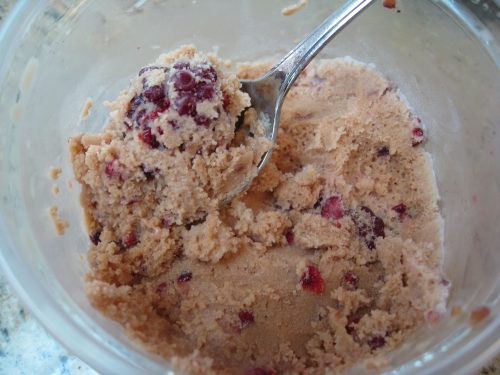David wrote in to Ask Gardenerd this week: “Hi Christy. Where do you recommend getting Kelp emulsion and how do you recommend using it? Thank you.”
We use several different liquid kelp products, depending on what’s available. There are several available at nurseries (rather than big box warehouse nurseries). Here are a few to find:

Liquid Kelps
GrowMore is one brand that we’ve seen at nurseries, and of course you can get most things on the interwebs. We’ve used this in our community garden plot to feed tomatoes every 2 weeks during the flowering season.
Neptune’s Harvest is a combination of kelp and fish emulsion. If you don’t have any objections for fish emulsion, it’s great to use on tomatoes. Barbara Spencer of Windrose Farms uses a combination of fish and kelp to grow her amazing heirloom tomatoes. Be aware that fish emulsion smells like low tide, so…
Peaceful Valley Farm’s Liquid Kelp is one we’ve used here at Gardenerd HQ. Available online through their website or at their Northern California store in Grass Valley.
Apparently Armstrong Garden Centers also carry a liquid kelp in their E.B. Stone line, though I have never used it.
How to use Kelp Emulsion
Transplants – We usually mix an ounce of kelp emulsion with a couple gallons of water as a soil drench to help reduce transplant shock when planting new seedlings. The multi-mineral profile (more than 70, plus low levels of vitamins and enzymes) helps ease plants into their new home.
Flowering and Fruiting – when plants start flowering, before they start setting fruit, we water with kelp emulsion to help ensure enough potassium for overall vigor and fruit production.
Compost Tea – we don’t use kelp emulsion, but we do use granular kelp meal in our compost tea brewing process. The kelp feeds microbes and gives plants a little boost mid-season.
Overall – apply kelp emulsion once per month on in-ground plants and every 2 weeks for plants in containers. Plants love foliar feedings of kelp. Some studies show plants benefit more from foliar feedings than from soil applications. We usually glug the dilution over plant leaves as we soil drench.
So there you have it. I hope this helps, David. Thanks for writing in!
Hey Gardenerds, if you have a favorite kelp emulsion you like to use share it with us here.



